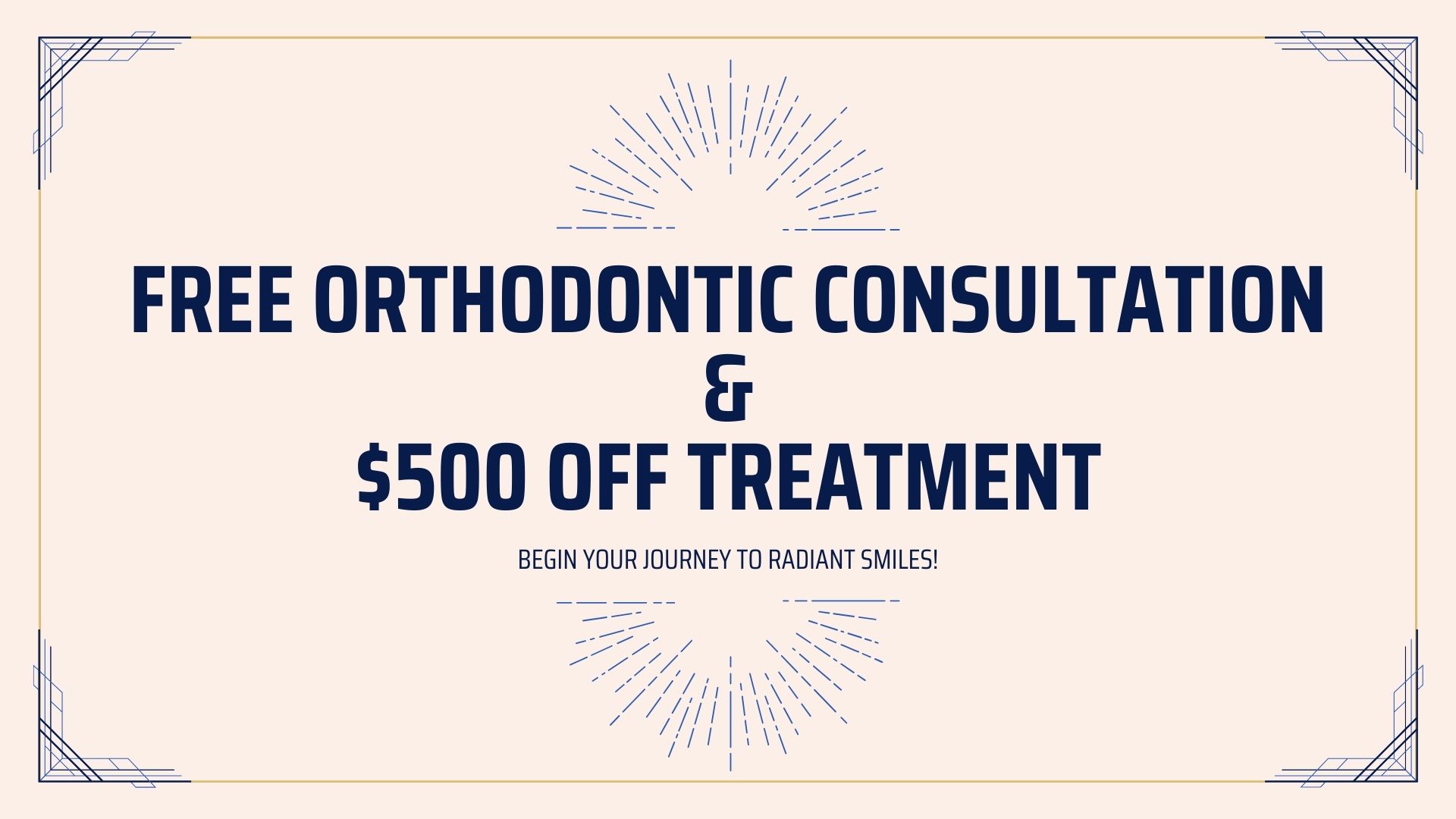The quest for a perfect smile is a desire shared by many individuals. In recent years, cosmetic dentistry has gained immense popularity as people seek ways to enhance their smiles. Among the various options available, cosmetic bonding has emerged as a highly sought-after choice for smile makeovers. This article will explore the reasons behind the growing popularity of cosmetic bonding and its effectiveness in transforming smiles.
What is Cosmetic Bonding?
Cosmetic bonding, also known as dental bonding, is a cosmetic dentistry procedure that involves applying a tooth-colored resin material to the teeth. The resin is carefully shaped and bonded to the teeth, resulting in improved aesthetics and a rejuvenated smile. It is an effective solution for several dental imperfections, including chipped, cracked, stained, or misshapen teeth.
The Advantages of Cosmetic Bonding
1. Cost-Effective: One of the primary reasons for the popularity of cosmetic bonding is its affordability compared to other smile makeover options. The procedure involves minimal tooth preparation, reducing the overall cost.
2. Quick and Painless: Cosmetic bonding is a relatively quick and painless procedure, usually completed in one visit. Unlike other procedures that require multiple appointments, bonding allows individuals to attain their desired smile in just a single dental visit.
3. Minimally Invasive: Unlike veneers or crowns that require the removal of a substantial amount of tooth structure, cosmetic bonding is minimally invasive. The procedure preserves most of the natural tooth structure, promoting long-term oral health.
4. Natural Appearance: The tooth-colored resin used in cosmetic bonding matches the natural shade of the teeth, creating a seamless and natural-looking smile. This makes the bonding virtually indistinguishable from the surrounding teeth.
The Procedure
The cosmetic bonding procedure involves the following steps:
1. Consultation and Planning
During the initial consultation, the dentist will examine the patient’s teeth and discuss their desired outcome. A treatment plan will be created based on the patient’s needs.
2. Tooth Preparation
Unlike other dental procedures, minimal tooth preparation is required for cosmetic bonding. The dentist may lightly etch the tooth surface to enhance the bonding process.
3. Bonding Process
The dentist will apply the tooth-colored resin to the prepared teeth and carefully shape it to achieve the desired aesthetic outcome. The resin is then hardened using a special light source.
4. Finishing Touches
Once the resin has hardened, the dentist will further shape and polish the bonded teeth, ensuring a natural and flawless appearance.
Maintaining Cosmetic Bonding
Proper maintenance of the bonded teeth is crucial to ensure its long-term success. The following tips should be followed:
- Brush and floss regularly to maintain oral hygiene.
- Avoid biting or chewing on hard objects, as this could damage the bonding material.
- Visit your dentist for regular check-ups to assess the condition of the bonding.
Is Cosmetic Bonding Right for You?
If you are looking to enhance your smile and address minor dental imperfections, cosmetic bonding may be the ideal solution for you. However, it is important to consult with a qualified cosmetic dentist to determine the best treatment plan for your specific needs.
Conclusion
Cosmetic bonding has become a popular choice for smile makeovers due to its affordability, convenience, and natural-looking results. This minimally invasive procedure offers individuals the opportunity to transform their smiles and regain their confidence. If you are considering a smile makeover, explore the benefits of cosmetic bonding with a skilled cosmetic dentist and take the first step towards achieving the smile of your dreams.

